| A stop at Meissen was highlighted by a tour of the porcelain factory there. The secret to making porcelain (jealously guarded by the Chinese) was finally worked out in Saxony in 1708 and production was moved to the castle of the small town of Meissen in order to provide security for the secret. |
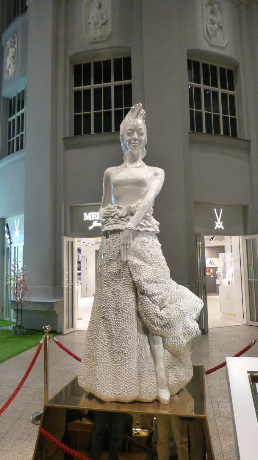 |
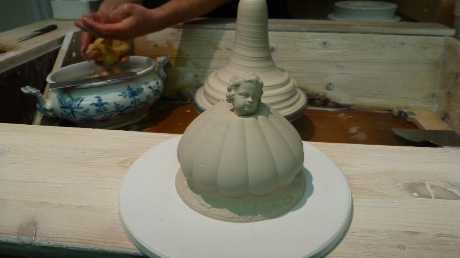 |
| Although porcelain is most often decorated in bright colors, plain white porcelain can look amazing in the hands of a master. |
The process begins with the dough being shaped in a mold. There are multiple firings in the kiln before the piece is finished. |
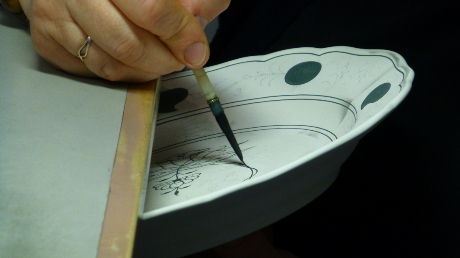 |
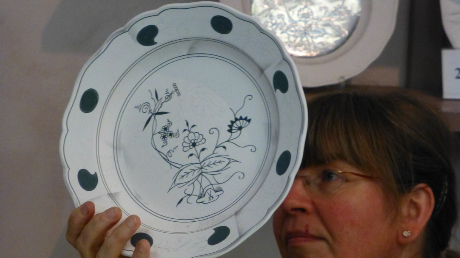 |
| All of the painting is done by hand based on traditional patterns or new ones that are developed. Floral and vine motifs are traditional in Meissen. |
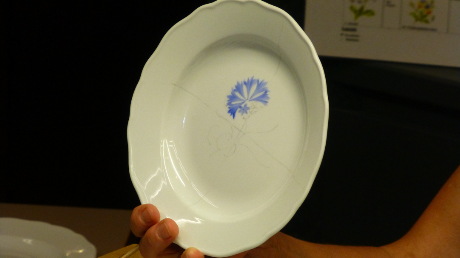 |
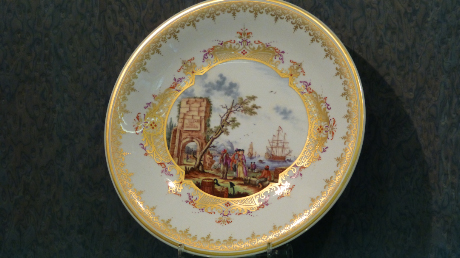 |
| Other colors are added and fired and finally gold leaf may be added. |
The detail and beauty of the finished product is breathtaking. So are the prices. |
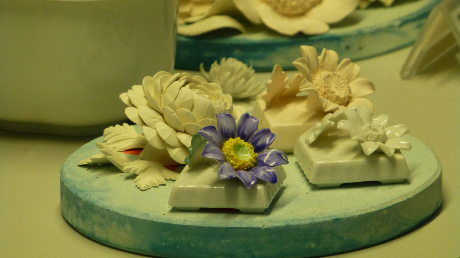 |
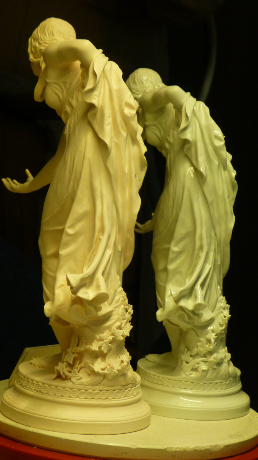 |
| Some pieces are made in both color and white; each has its own charm. |
Although pieces are cast in a mold, the final sculptural details are added later. |
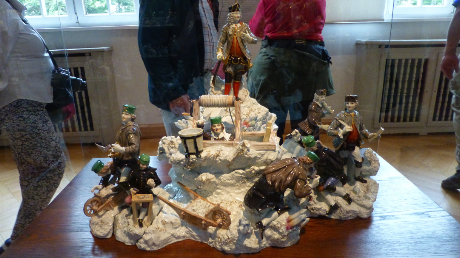 |
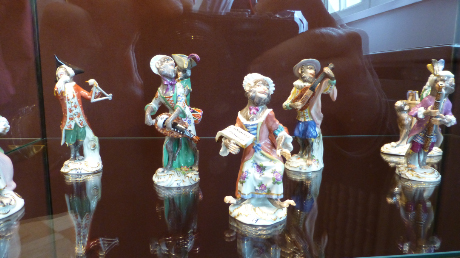 |
| We also visited their museum to see some of the prize pieces. |
The monkey orchestra is 21 pieces, each about 5 inches high. The molds were destroyed after their creation in 1710. |
 |
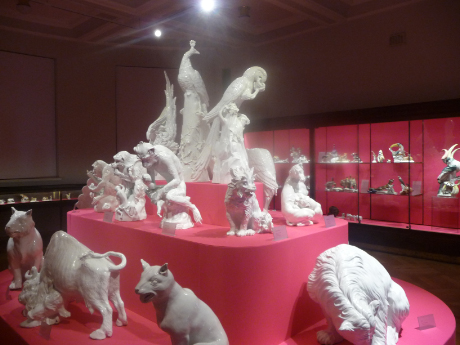 |
| |
|
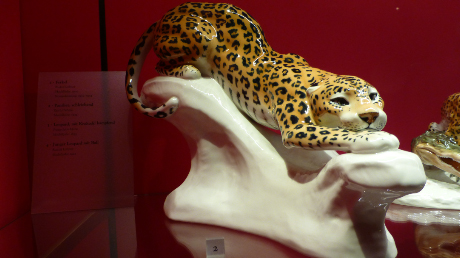 |
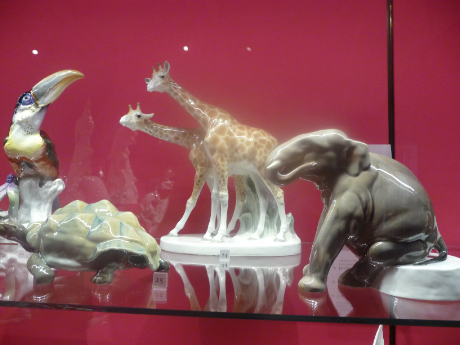 |
| A leopard for Pat... |
...and a giraffe for Chuck. |
 |
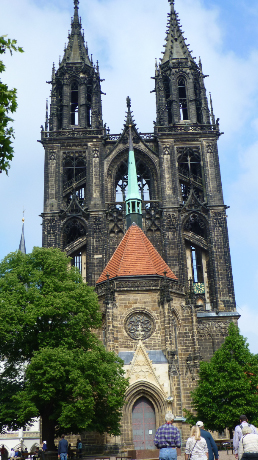 |
| |
The Cathedral at Meissen is one of the best examples of true Gothic architecture, dating from the 1300s. Unfortunately, in 1909 two steeples were attached. |
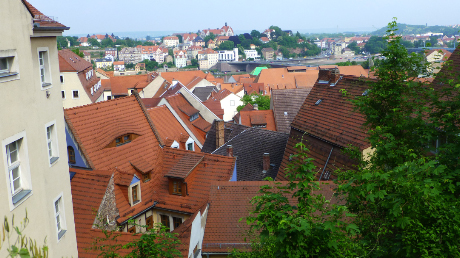 |
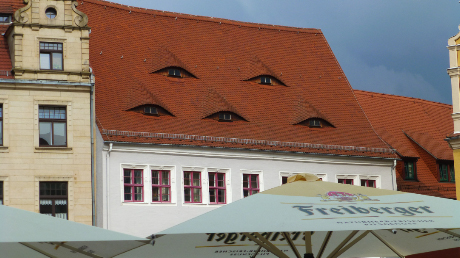 |
| Meissen Old Town from the top of the hill--a typical medieval jumble of roof and narrow streets. |
We saw a number of these "eye" dormer windows. Perhaps the shape helps keep the snow off. Or maybe people just like the look. |

















